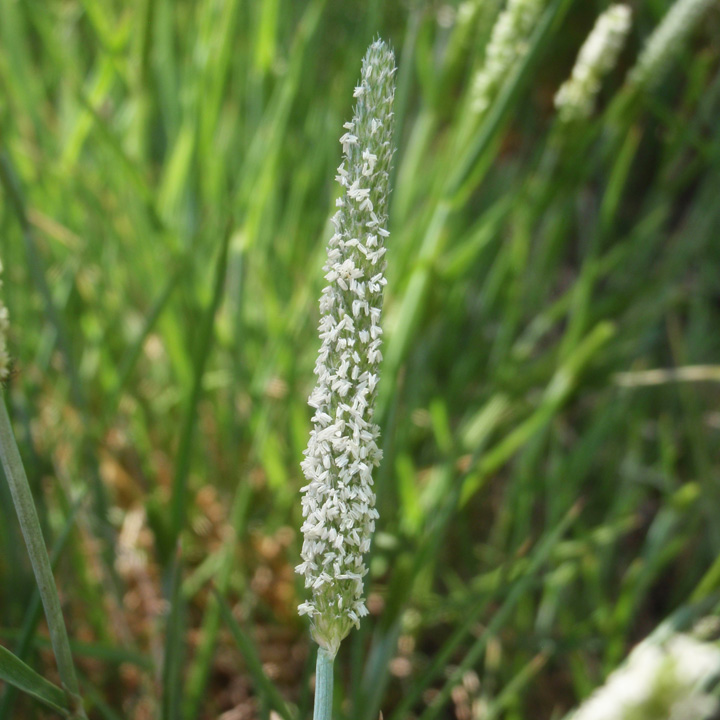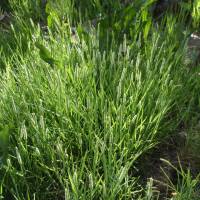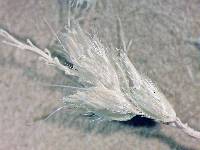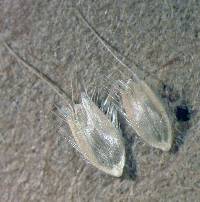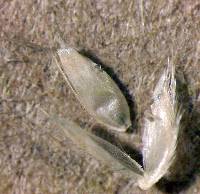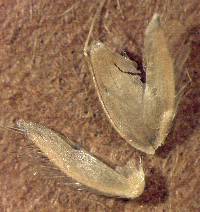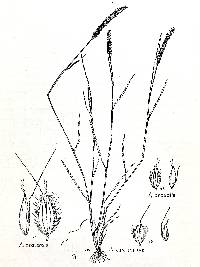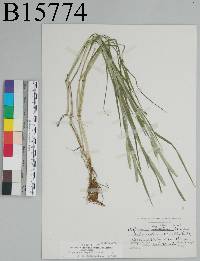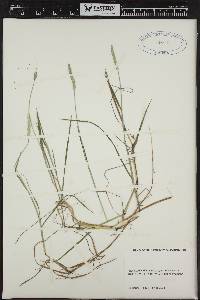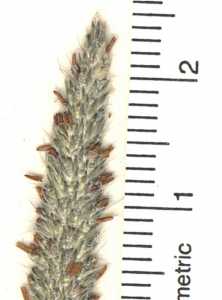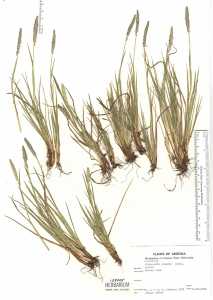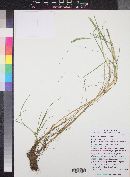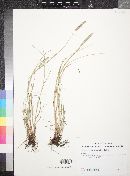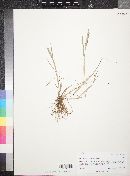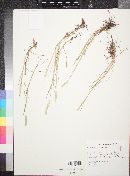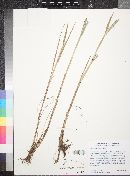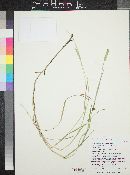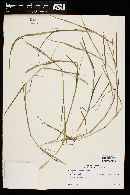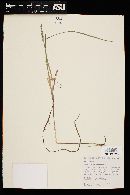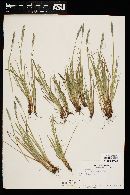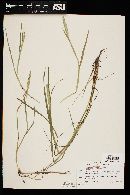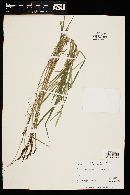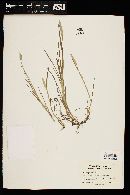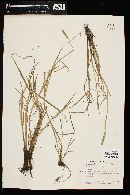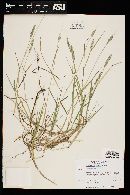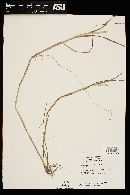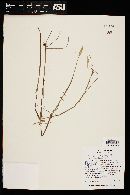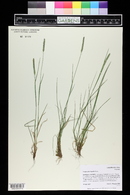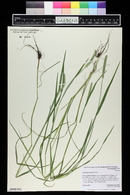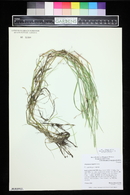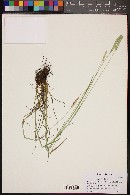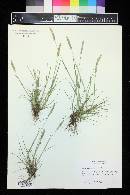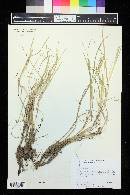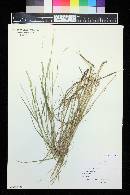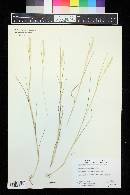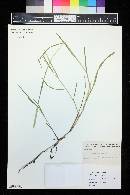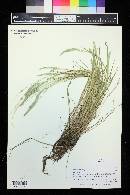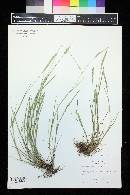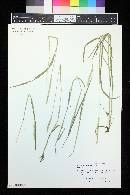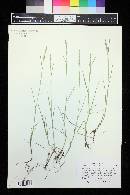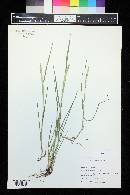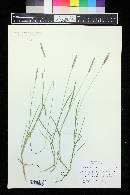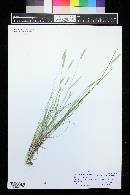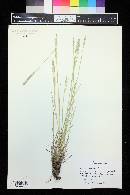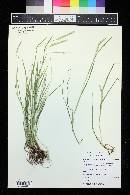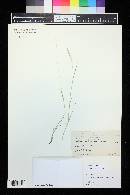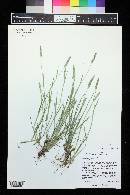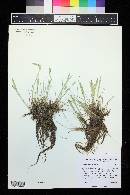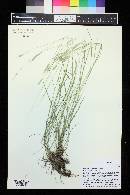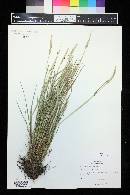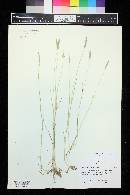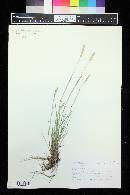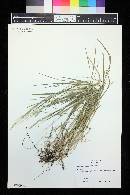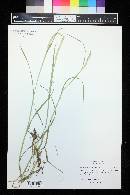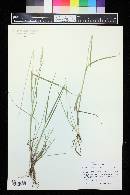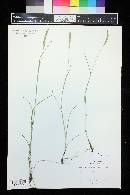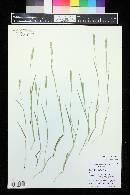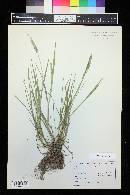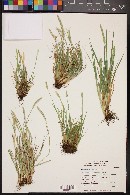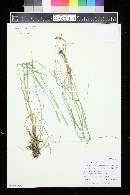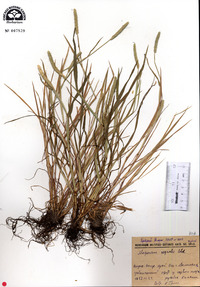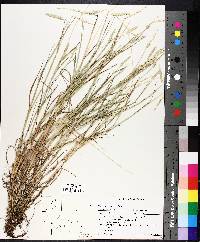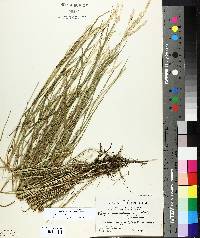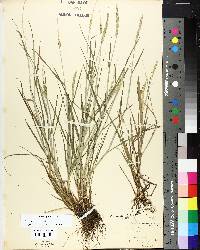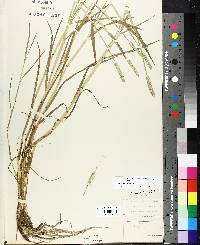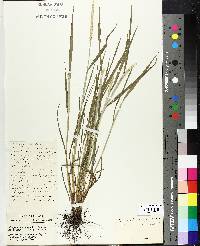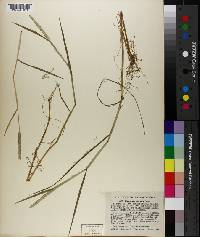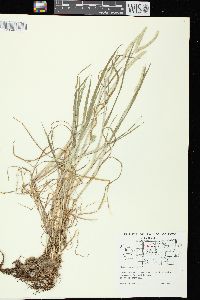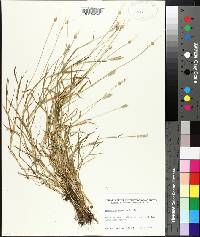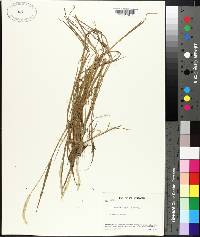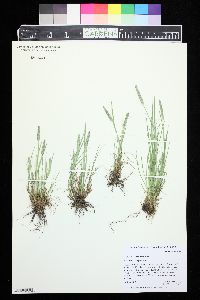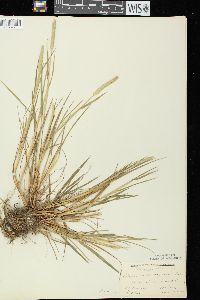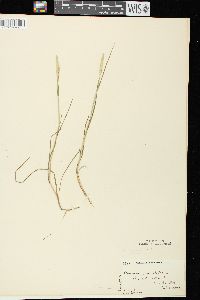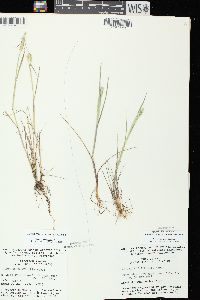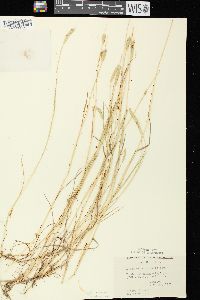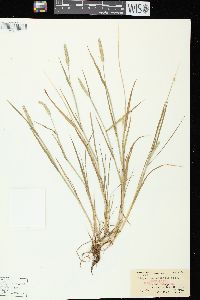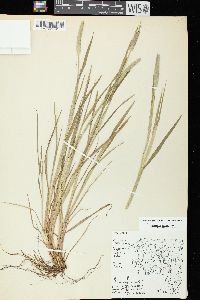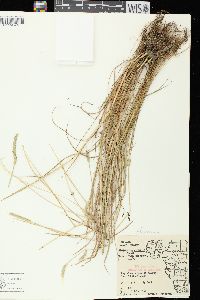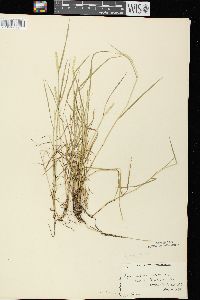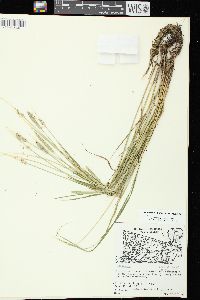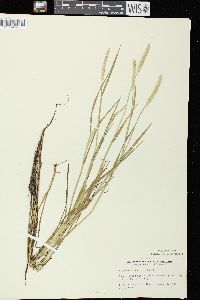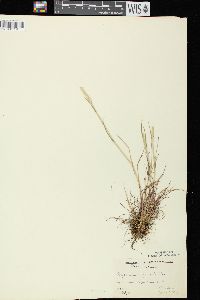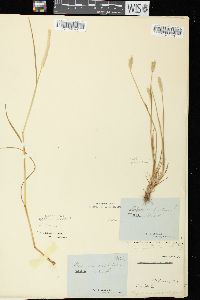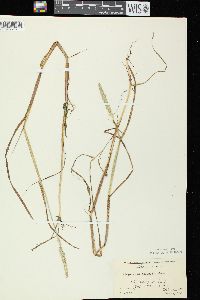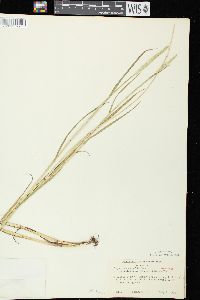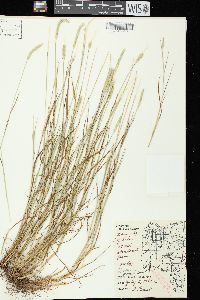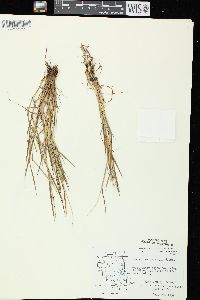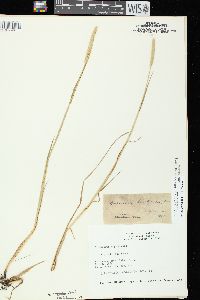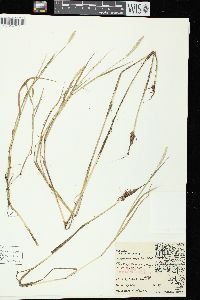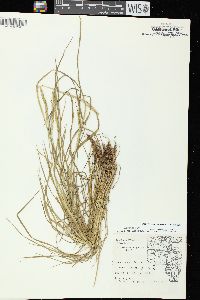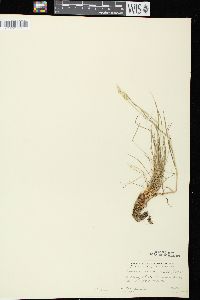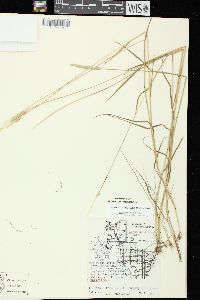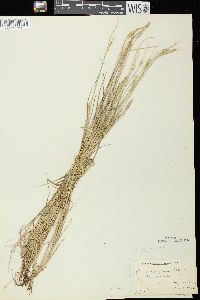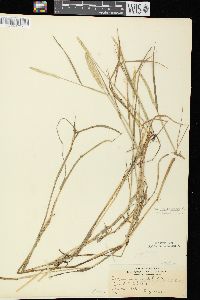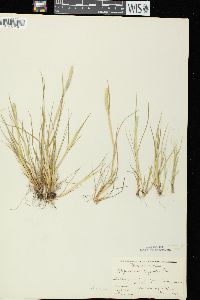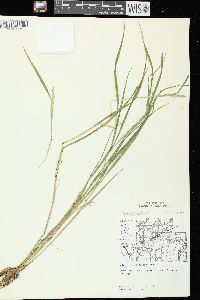Alopecurus aequalis
|
|
|
|
Family: Poaceae
Short-Awn Meadow-Foxtail, more...short foxtail, shortawn foxtail
[Alopecurus aequalis f. fluitans Parodi, moreAlopecurus aequalis f. foliosus Parodi, Alopecurus aequalis f. notacens (Hack.) Parodi, Alopecurus aequalis f. violaceus (Hack.) Parodi, Alopecurus aequalis subsp. aequalis Sobol., Alopecurus aequalis subsp. amurensis (Kom.) Hultén, Alopecurus aequalis subsp. aristulatus (Michx.) Tzvelev, Alopecurus aequalis subsp. natans (Wahlenb.) Á. Löve & D. Löve, Alopecurus aequalis var. amurensis (Kom.) Ohwi, Alopecurus aequalis var. aristulatus (Michx.) Tzvelev, Alopecurus aequalis var. fluitans (Parodi) Mariano, Alopecurus aequalis var. violaceus (Hack.) Mariano, Alopecurus amurensis Kom., Alopecurus aristulatus var. merriami (Beal ex J.M. Macoun) H. St. John, Alopecurus aristulatus var. natans (Wahlenb.) Simmons, Alopecurus baptarrhenius S.M. Phillips, Alopecurus brachytrichus Ohwi, Alopecurus caespitosus Trin., Alopecurus diandrus Griff., Alopecurus fulvus f. violacea Hack., Alopecurus fulvus var. amurensis (Kom.) Roshev., Alopecurus geniculatus f. robustior Hack. ex Kneuck., Alopecurus geniculatus subsp. fulvus , Alopecurus geniculatus var. aequalis (Sobol.) Fiori, Alopecurus geniculatus var. amurensis (Kom.) Roshev., Alopecurus geniculatus var. armurensis (Kom.) FEDTSCHENKO, Alopecurus geniculatus var. fulvus , Alopecurus geniculatus var. natans Wahlenb., Alopecurus geniculatus var. robustus Vasey, Alopecurus grandiflorus (Roshev.) Petrov, Alopecurus howellii var. merriamii Beal ex J.M. Macoun, Alopecurus howellii var. merrimani Beal, Alopecurus palustris subsp. fulvus (Sm.) Syme ex Sowerby, Alopecurus subaristatus Pers.] |
Plants perennial; cespitose. Culms 9-75 cm, erect or decumbent. Ligules 2-6.5 mm, obtuse, puberulent dorsally; blades 2-10 cm long, 1-5(8) mm wide; upper sheaths not inflated. Panicles 1-9 cm long, 3-9 mm wide. Glumes 1.8-3.7 mm, connate near the base, membranous, pubescent on the sides, keels not winged, ciliate, apices obtuse, sometimes erose, pale green, occasionally purplish; lemmas 1.5-2.5(3.5) mm, connate in the lower 1/3-1/2, glabrous, apices obtuse, awns 0.7-3 mm, straight, exceeding the lemmas by 0-2.5 mm; anthers 0.5-1.2 mm, usually pale to deep yellow or orange, rarely purple. Caryopses 1-1.8 mm. 2n = 14, 28. Alopecurus aequalis is native to temperate zones of the Northern Hemisphere. It generally grows in wet meadows, forest openings, shores, springs, and along streams, as well as in ditches, along roadsides, and in other disturbed sites, from sea level to subalpine elevations. Alopecurus aequalis is the most widespread and variable species of Alopecurus in the Flora region. Despite its variability, only the phenotype found in the low marshes of Marin and Sonoma counties, California merits formal recognition. Some high elevation plants of the Sierra Nevada have unusually long awns (exserted by up to 1.5 mm) and anthocyanic spikelets but, like the semi-aquatic ecotype A. aequalis var. natans (Wahlenb.) Fernald, they do not warrant taxonomic recognition. Alopecurus haussknechtianus Asch. & Graebn. is a hybrid between A. aequalis and A. geniculatus, which occurs fairly frequently in areas of sympatry, particularly in drier midcontinental areas in Alberta to Saskatchewan, south to Arizona and New Mexico. The hybrids apparently have 2n = 14; they are sterile. Dr. David Bogler, USDA NRCS PLANTS Database Annuals, Perennials, Terrestrial, not aquatic, Stems nodes swollen or brittle, Stems erect or ascending, Stems geniculate, d ecumbent, or lax, sometimes rooting at nodes, Stems caespitose, tufted, or clustered, Stems terete, round in cross section, or polygonal, Stem internodes hollow, Stems with inflorescence less than 1 m tall, Stems, culms, or scapes exceeding basal leaves, Leaves mostly cauline, Leaves conspicuously 2-ranked, distichous, Leaves sheathing at base, Leaf sheath mostly open, or loose, Leaf sheath smooth, glabrous, Leaf sheath and blade differentiated, Leaf blades linear, Leaf blades 2-10 mm wide, Leaf blades mostly flat, Leaf blades mostly glabrous, Leaf blades scabrous, roughened, or wrinkled, Ligule present, Ligule an unfringed eciliate membrane, Inflorescence terminal, Inflorescence a dense slender spike-like panicle or raceme, branches contracted, Inflorescence solitary, with 1 spike, fascicle, glomerule, head, or cluster per stem or culm, Inflorescence spike linear or cylindric, several times longer than wide, Inflorescence single raceme, fascicle or spike, Flowers bisexu al, Spikelets pedicellate, Spikelets laterally compressed, Spikelet less than 3 mm wide, Spikelets with 1 fertile floret, Spikelets solitary at rachis nodes, Spikelets all alike and fertille, Spikelets bisexual, Spikelets disarticulating below the glumes, Rachilla or pedicel glabrous, Glumes present, empty bracts, Glumes 2 clearly present, Glumes equal or subequal, Glumes equal to or longer than adjacent lemma, Glume margins connate at base, Glumes keeled or winged, Glumes 3 nerved, Lemmas thin, chartaceous, hyaline, cartilaginous, or membranous, Lemma margins connate below, Lemma 5-7 nerved, Lemma glabrous, Lemma body or surface hairy, Lemma apex truncate, rounded, or obtuse, Lemma mucronate, very shortly beaked or awned, less than 1-2 mm, Lemma awn less than 1 cm long, Lemma awn subapical or dorsal, Lemma awns straight or curved to base, Lemma margins thin, lying flat, Lemma straight, Stamens 3, Styles 1, Styles 2-fid, deeply 2-branched, Stigmas 2, Fruit - caryopsis, Caryo psis ellipsoid, longitudinally grooved, hilum long-linear.
FNA 2007, Gould 1980 Common Name: shortawn foxtail Duration: Perennial Nativity: Native Lifeform: Graminoid General: Tufted perennial with glabrous or scabrous herbage, stems 9-75 cm tall, erect or decumbent. Vegetative: Blades 2-10 cm long, 1-5 mm wide, flat, with ligules 2-6.5 mm, obtuse and puberulent dorsally. Inflorescence: Panicle 1-9 cm long, 3-9 mm wide, glumes subequal, 1.5-4 mm, connate near the base, sharply keeled, membranous, pubescent on the sides, ciliate, with obtuse apices, sometimes erose and pale green, occasionally purplish; lemma equaling the glumes, oblong, glabrous with awn 1-3 mm long, usually included in the spikelet or barely protruding from the spikelet. Ecology: Found in wet meadows, along stream banks and in moist canyon sites from 5,000-9,000 ft (1524-2743 m); flowers June-August. Notes: Distinguished by its straight awn that is included in the spikelet. Ethnobotany: Used between rocks to prevent steam from escaping when cooking food. Etymology: Alopecurus comes from the Greek alopekouros, meaning a grass like a fox-s tail, while aequalis means equal. Synonyms: None Editor: SBuckley, 2010 Annual or short-lived perennial 2-5 dm; culms very slender, erect or decumbent at base, solitary or in small tufts; infl slender, 2-8 cm נ3-5 mm, scarcely tapering; glumes 2-2.7 mm, connate near the base, blunt and scarious at the tip, villous-ciliate on the keel; awn attached just below midlength of the lemma, straight, equaling the glumes or exsert to 0.5(-1) mm; anthers 0.5-1 mm; 2n=14. In mud or shallow water; circumboreal, s. to N.J., Ind., Mo., and Calif. Gleason, Henry A. & Cronquist, Arthur J. 1991. Manual of vascular plants of northeastern United States and adjacent Canada. lxxv + 910 pp. ©The New York Botanical Garden. All rights reserved. Used by permission. From Flora of Indiana (1940) by Charles C. Deam This grass is infrequent in the lake area and local south of it. It grows in shallow water and on the muddy borders of ponds and swamps that usually become dry in midsummer. ...... Indiana Coefficient of Conservatism: C = 6 Wetland Indicator Status: OBL Diagnostic Traits: Inflorescence densely spike-like; spikelets 1-flowered, flat, <4 mm long; lemmas 5-veined, their awn arising from near middle of lemma and never extending more than 1 mm beyond glumes. Deam (1929): This grass will be erect if the water recedes early enough, otherwise it will be more or less decumbent since it floats in the water. It has a hard struggle for existence because it is much relished by grazing animals. They usually browse it when they frequent the ponds for water or to fight flies. |

